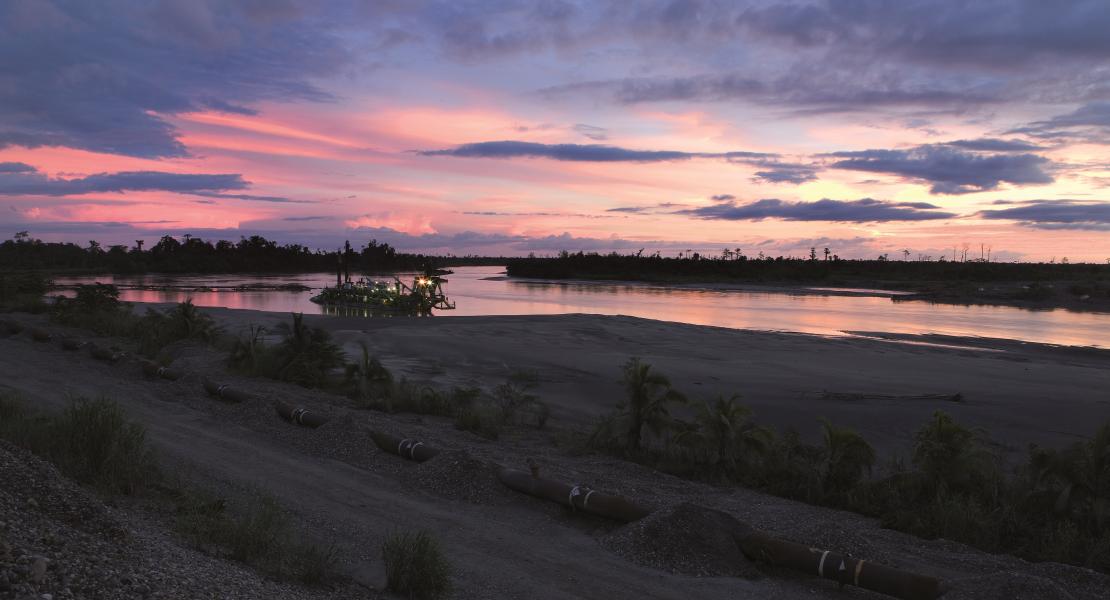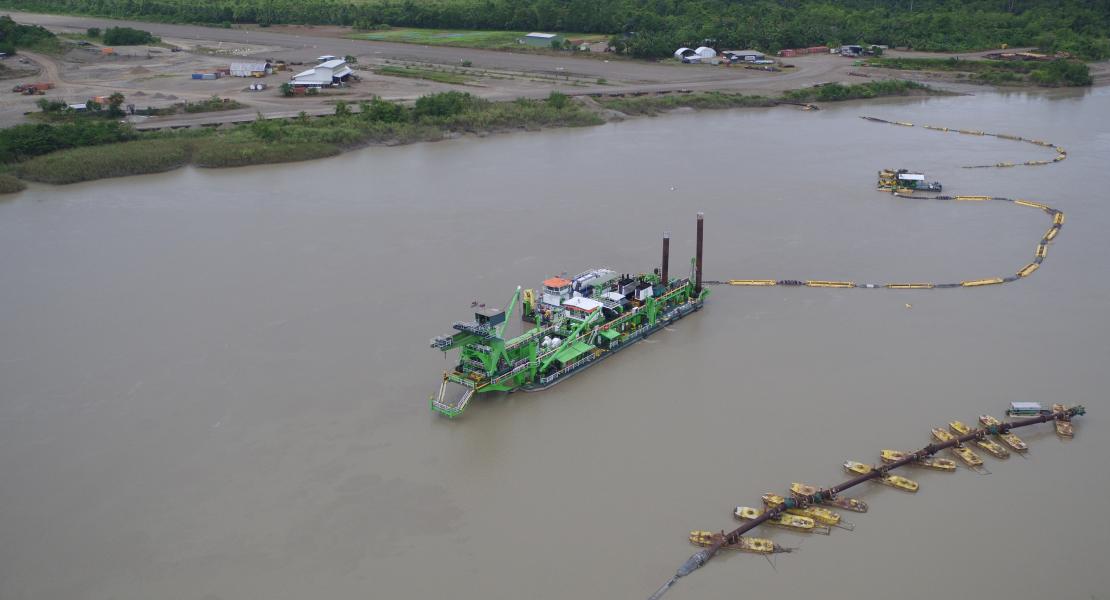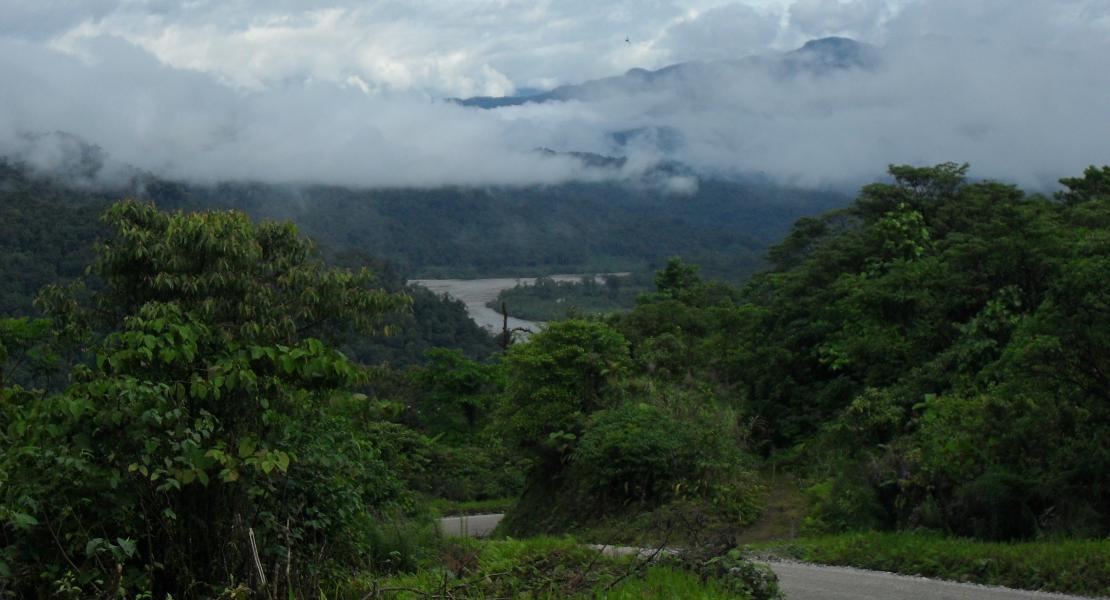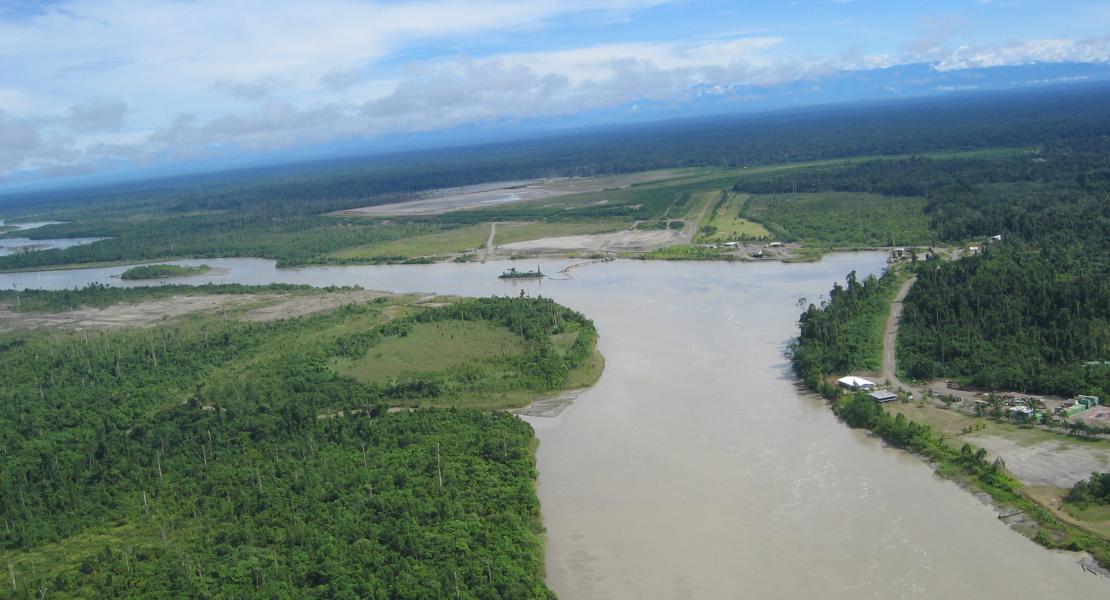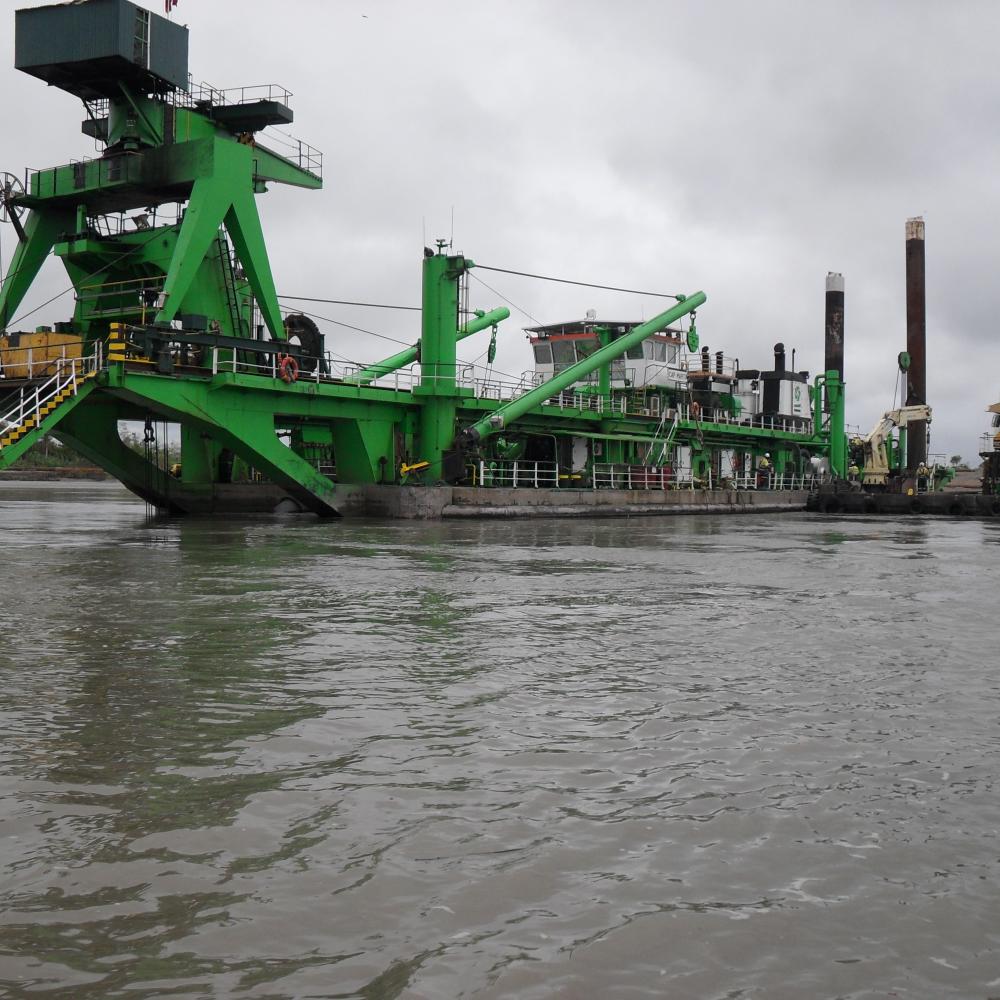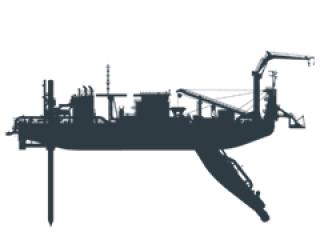The OK Tedi mine is situated in the Western Province of Papua New Guinea, 1,600 m above sea level in the Star Mountains, a remote region 1,000 km northwest of Port Moresby. This area suffers from a massive annual rainfall (over 8 m), geological instability, a steep terrain and seismic activity. These conditions result in frequent landslides, preventing the safe construction of dams to retain mine tailings and deliver huge natural sediment levels to the river system.
The PNG government had therefore approved the discharge of mine waste into the river system alongside an extensive environmental monitoring programme. The mine waste and other sediments had caused the riverbed level to rise by 4 m at Tabubil and by 6 m at Bige. This had led to navigational difficulties on the Fly River, to which the Ok Tedi is a tributary.

